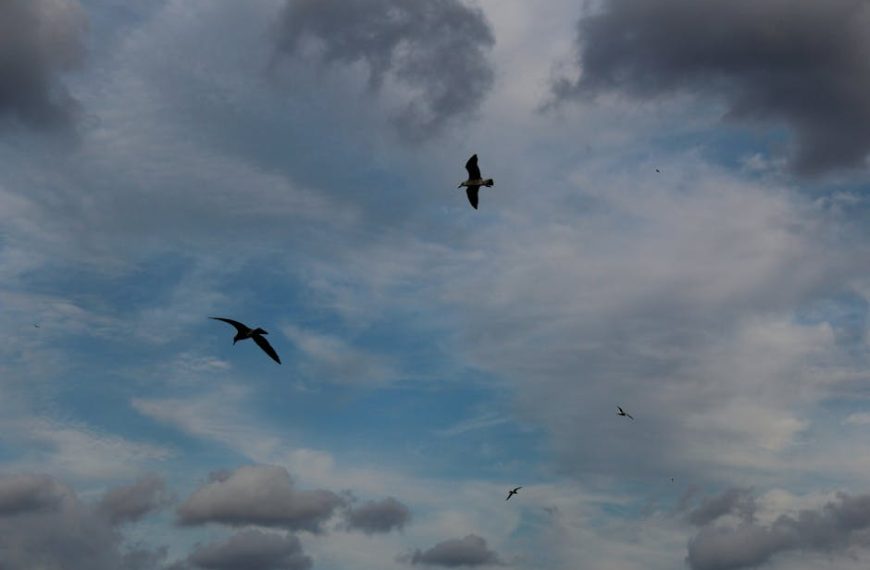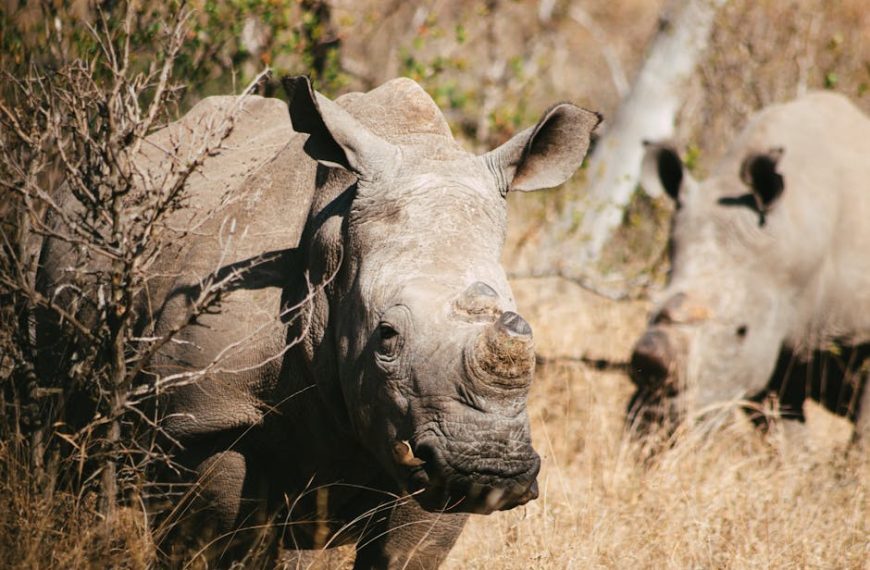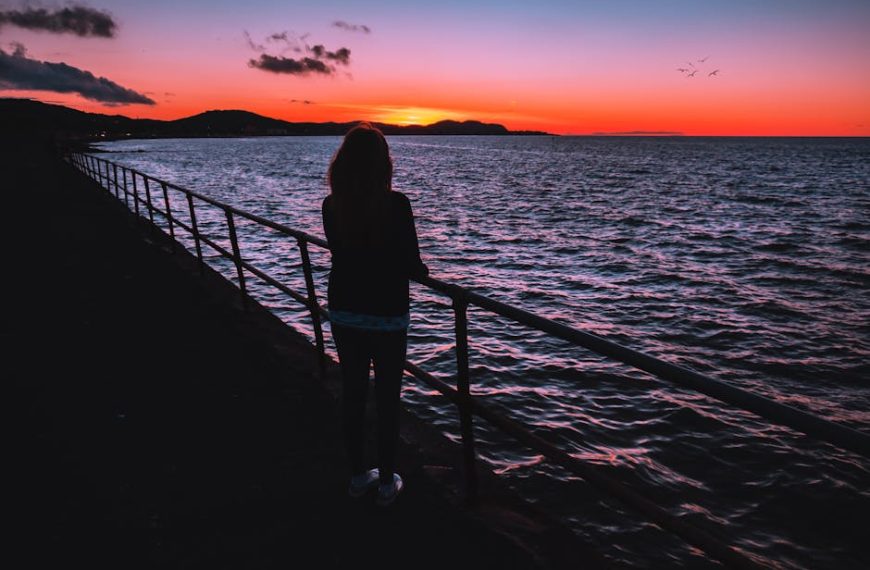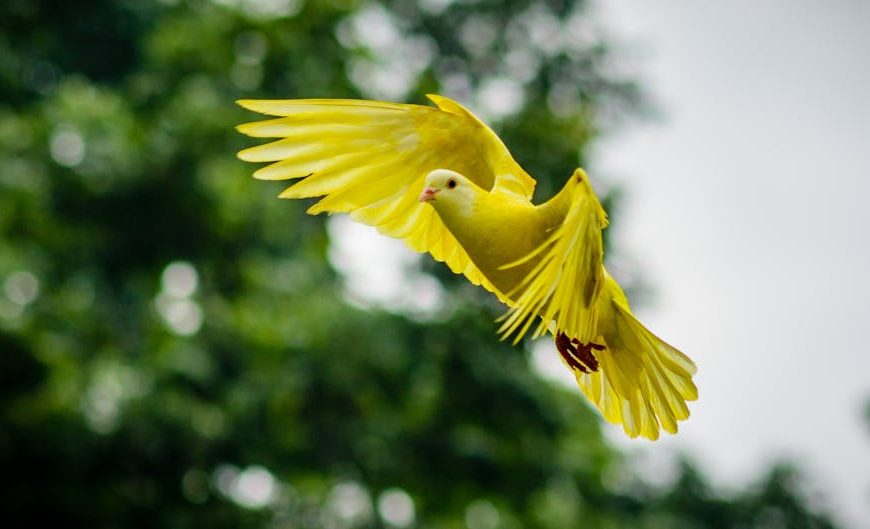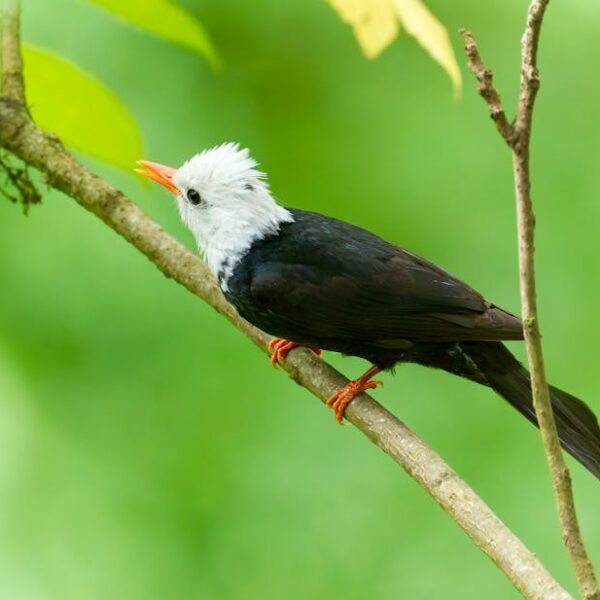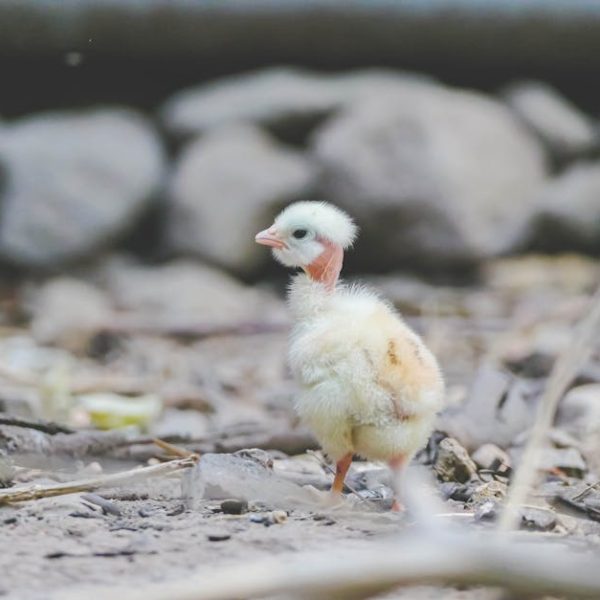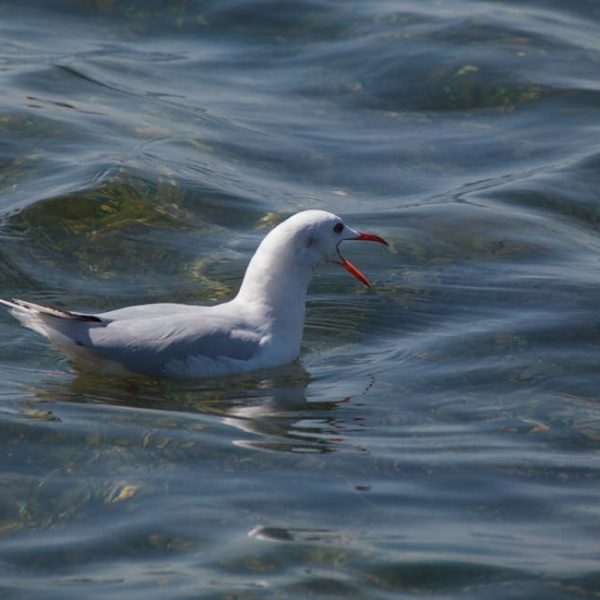Discover the Unique Birds of Hawaii: A Wildlife Paradise
In the verdant expanse of Hawaii, tucked away in its lush forests and circling its clear, blue skies, a plethora of unique bird species flourish. With its exceptional geographic location and diverse climate, Hawaii forms a haven for over 338 unique bird species, making it a birdwatcher’s paradise. This rich variety comprises both endemic species exclusive to Hawaii and migratory birds that grace the islands at different times of the year.
Overview of Hawaii’s Diverse Avian Life
Hawaii’s avian tapestry is exceptionally diverse, with some species calling the archipelago home year-round, while others visit briefly during their migratory exploits. This blend of residents and tourists results in an ever-changing, vibrant biosphere. Some eye-catching specimens unique to Hawaii include the fiery ‘I’iwi, the elegant Nene, and the elusive Palila.
To ensure that this marvel remains untarnished, it is crucial for onlookers to abide by certain practices while appreciating these winged wonders:
- Maintain a respectful distance from the birds and their habitats.
- Stick to the marked trails and viewing areas.
- Refrain from feeding the birds, tempting as it may be.
Exploring Hawaii’s Endemic Bird Species
The true treasures of Hawaii’s avian population are its endemic birds—species that are exclusively found within the islands’ realms, nowhere else on the planet. Colorful, enigmatic, and fascinating to observe, these birds add a unique rhythm to Hawaii’s natural melody. Interesting characters like the Hawaii Creeper, the Po’o-uli, and the Maui Parrotbill are all examples of this uniqueness that resonates through their appearance and behaviours.
Looking for a glimpse of these residents? Here are some pro tips:
- Higher elevations often house species that are not spotted near sea-level.
- Early mornings and late afternoons are the optimal viewing times.
- Silence and patience are virtues in birdwatching, enhancing the chances of spotting these scarce species.
- Packing a pair of binoculars will enhance your birdwatching experience.
Comparing these endemic species reveals the rich biodiversity that Hawaii cradles. For instance, the Hawaii Creeper’s inconspicuous demeanor contrasts with the Po’o-uli’s prominent black and white patterns. Likewise, the Maui Parrotbill’s robust size and thick bill denote its dietary preference of insects, contrasting with the nectar-feeding ‘I’iwi.
A Closer Look at Hawaii’s Migratory Birds
Hawaii also serves as a crucial pit-stop for migratory birds, offering shelter, nourishment, and rest after long, strenuous flights. These migratory visitors include species like the Bristle-thighed Curlew, Pacific Golden Plover, and the charismatic Laysan Albatross, all of which add an evolving dynamic to the local wildlife.
Want the perfect viewing experience for these migratory birds? Here’s how:
- Visit during late fall and winter to spot the most number of species.
- Choose locations close to water bodies, as most of these birds are waterfowl.
- Mornings and evenings often witness the most bird activity.
Threats and Conservation Efforts for Hawaiian Birds
Unfortunately, despite their remarkable diversity, Hawaiian bird species are under numerous threats. Habitat loss, invasive species, and climate change, among others, pose significant challenges. Thankfully, several conservation efforts are currently underway to protect these unique species. These efforts seek to deal with various aspects, from habitat restoration to invasive species eradication.
However, it’s worth noting that these efforts have appositive and negative implications. On one hand, they have successfully preserved and restored bird populations. But, on the other, they often come with hefty financial requirements and may potentially disturb other wildlife.
Visitors can contribute to these preservation efforts by adhering to trail rules, not feeding the birds, avoiding the introduction of alien species, and participating in organized conservation programs. Simple efforts can make considerable differences. Remember, every creature is a vital part of Hawaii’s beautiful tapestry, and preserving it is our shared responsibility. You’ll soon see that with every bird you spot, a new fascination with Hawaii’s avian life begins to take flight. The Role of Native Hawaiian Culture in Bird Conservation
The ancient wisdom of Native Hawaiian culture plays a pivotal role in the preservation of Hawaii’s unique bird life. A strong belief in the interconnectedness of all life forms has led to a culture that respects and values nature at its core. This cultural standpoint often blends seamlessly into practical conservation efforts, with rituals and practices that emphasize the protection of all living things – including our feathered friends.
This traditional Hawaiian approach, centered around the harmonious coexistence with nature, often contrasts with modern conservation methods, which are more focused on scientific research, habitat restoration, and species management. While the modern approach institutes effective strategies on a larger scale, the traditional practices instill a deep respect for nature and nurture an intimate understanding of these unique species at a local level; both complement each other in preserving Hawaii’s avian biodiversity.
Want to truly appreciate and understand Hawaii’s unique bird life and its conservation? Here’s a checklist of cultural experiences to include in your itinerary:
- Participate in a local ‘ahu ceremony, which honors the land, sea, and everything that dwells within, including birds.
- Engage with local birdwatchers and conservationists, to understand the cultural significance of birds in Hawaiian mythology and folklore.
- Tour local bird sanctuaries or rehabilitation centers to learn more about how local traditions influence bird conservation efforts.
- Attend cultural festivals, which often include dances and songs related to different bird species.
- Learn about the legends and stories surrounding Hawaii’s birds from local kupuna (elders).
As you immerse yourself in these vibrant experiences, you’ll connect with Hawaii in a way you never imagined. Not only you get to appreciate the beauty of these unique bird species, but you also become aware of the importance of preserving them for future generations. So, gear up, get out there, and open your eyes – there is a fantastic feathered world waiting for you in Hawaii!
Key Takeaway:
- Hawaii is home to a diverse array of bird species, both endemic and migratory. The island’s unique geographical location and climate create a thriving habitat for these avian species.
- Endemic bird species like the ‘I’iwi, Nene, and Palila are particular to Hawaii, contributing significantly to the island’s biodiversity.
- Native Hawaiian culture plays a vital role in bird conservation, with various practices and beliefs that foster respect and protection for all living things, including birds.
Respecting the natural environment and adhering to conservation practices is key when birdwatching in Hawaii. Witnessing these unique bird species in their natural habitats is a rewarding experience that underlines the importance of preserving biodiversity. Now, get ready to embark on a beautiful journey to discover Hawaii’s avian treasure!
FAQs
Q: What is the best time to visit Hawaii for bird watching?
A: Depending on whether you’re interested in endemic or migratory birds, the ideal period for birdwatching can vary. Generally, the late fall and winter are excellent for spotting migratory species.
Q: Are there any endangered bird species in Hawaii?
A: Yes, Hawaii is home to several endangered bird species, both endemic and migratory. Efforts are being made to conserve these species and restore their habitats.
Q: Can I interact with the birds while birdwatching in Hawaii?
A: While it’s tempting to interact with these beautiful creatures, it’s best to observe them from a distance to avoid disturbing them or their natural habitats.
Q: How can I contribute to the conservation efforts of these bird species as a tourist?
A: Tourists can play a significant role by sticking to trail rules, avoiding feeding the birds, and participating in organized conservation programs.
Q: What role does native Hawaiian culture play in bird conservation?
A: Native Hawaiian culture places great importance on the interconnectedness of all living forms. This contributes to the conservation of birds, as many cultural practices and rituals emphasize the protection of wildlife.
So, there’s much more to explore and learn about Hawaii’s unique bird species. We hope that you’ll share this article with fellow bird enthusiasts and continue your journey with us, discovering more fascinating wildlife insights on our website.


